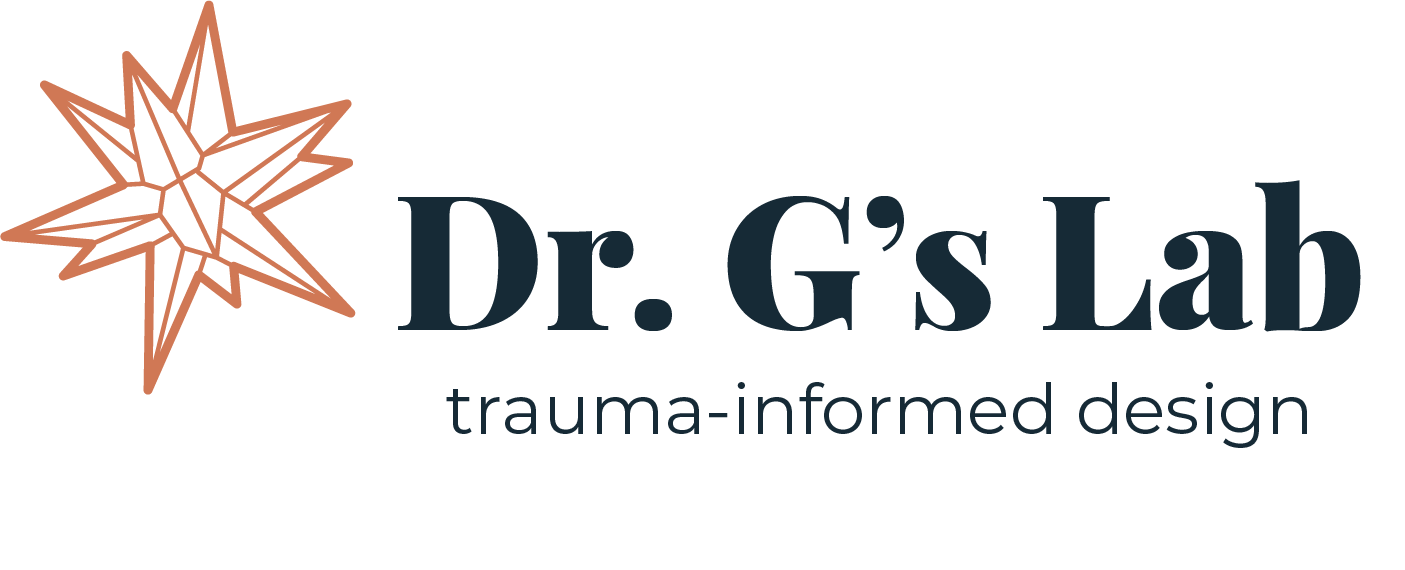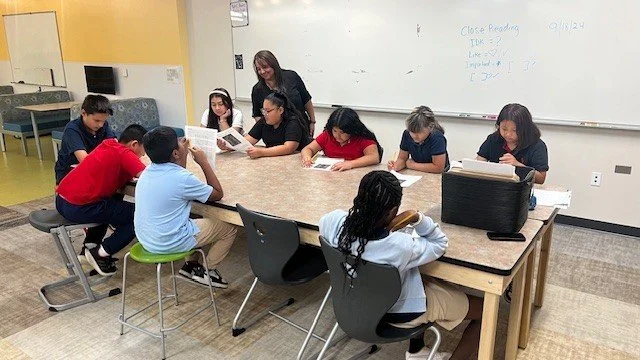Empowering Youth Voices: How Harrison School District 2 Is Making FAFSA & CAFSA Easier with Dr. G’s Lab
When Harrison School District 2 in Colorado set out to build a tool that would simplify the FAFSA (Free Application for Federal Student Aid) and CAFSA (Colorado Application for State Financial Aid) processes for students and parents, they knew one thing—they couldn’t do it alone.
They needed the voices of the very people who would be using the tool: high school seniors. And from the very first day, we at Dr. G's Lab were honored to partner with them to bring these student-led insights to life.
Before working with Dr. G’s Lab, Peak Education faced significant challenges in helping students navigate the FAFSA forms—a crucial step for many in making college affordable. This is where collaboration with Dr. G’s Lab and the students came in.
What set this project apart was its focus on involving students right from the beginning. Instead of making assumptions or relying on outdated ideas about what students "should" want, we asked them directly: What do you want in a tool that will help you navigate the financial aid process? To answer this, we worked through design sprints with seniors, created empathy maps to get a deeper understanding of their pain points, and asked the critical "How Might We?" questions that opened up space for innovative thinking. From there, students moved on to bubble mapping features and critiquing low-fidelity wireframes.
““Dr. G facilitated three one-hour virtual sessions with 16 senior students, guiding them through each phase of the design process. She empowered the students to take the lead in decision-making and emphasized the importance of their input throughout.” ”
Why prioritize student voices before turning to parents or caregivers, even though they play an important role in the process? Because students are the ones who fill out these forms, face the uncertainties of financing their education, and ultimately need the confidence to make informed decisions about their future. By involving them at the very start, we avoided guesswork and ensured that the tool would truly serve their needs.
At Dr. G's Lab, we emphasize this time and time again: You can’t build effective solutions for youth without their involvement from the outset.
Some may think it’s okay to wait until the product is halfway finished to ask for feedback, but that’s inefficient and often misses the mark. What students bring to the table is full of nuances, insights, and real-world needs that many adults overlook.
““Dr. G’s presentation was calm and encouraging. She created an environment where all the students were able to fully engage in the design. Students shared with me that they enjoyed the lab sessions and are excited to continue to give feedback.””
One standout learning from this experience was the depth of thought students put into the value of a college education. High school seniors aren't just going through the motions—they want to know if this significant investment will pay off. They’re asking, Is this going to be worth it in the long run?
Another revelation was how much they rely on social proof, though not in the way you might expect. It’s not about influencers or big-name endorsements. For them, social proof means hearing directly from someone who’s been in their shoes—someone with the job they’re aiming for—about earning potential and career satisfaction. They want to know that the tool is trusted because a mentor or counselor recommended it, and they want the credibility that comes from sharing it with their friends.
Trust is at the heart of this process. From the earliest stages of life, trust is key — whether it’s infant attachment or the faith young adults place in people and systems around them. Harrison District 2 understood this well. By empowering their students to co-create this tool, they fostered that trust and gave them ownership of the process.
I’m both humbled and proud that a forward-thinking public school district chose Dr. G’s Lab to guide this work. Together, we’ve built something meaningful with their students, and that collaboration has made all the difference.
This tool is not just for students; it’s by them — and that’s what makes it powerful.


